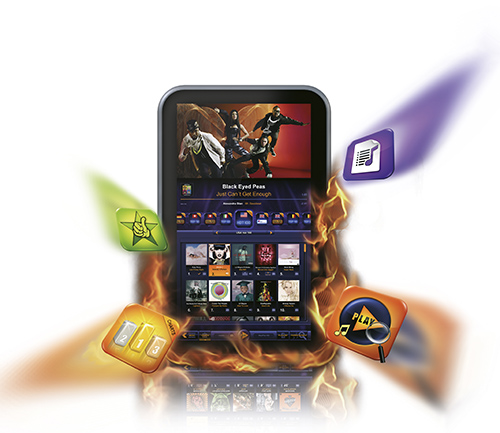Where do jukeboxes fit in this world of smartphones, tablets and digital downloads?

TODAY, networked digital jukeboxes employ a variety of technologies that enable consumers to listen to music from vast song libraries. The use of mobile and app technology is also transforming the way music is purchased. Yet, despite all these emerging technologies, there is a sense of nostalgia around jukeboxes and many classic designs have been updated with digital capabilities to offer the best of today’s technologies with the best of traditional design.
Is the traditional idea of a jukebox a thing of the past or is there life in the concept yet? It’s a question that we keep returning to, largely because of the rapid pace of technological change we as consumers have experienced over the years. The way we access music has changed, as has the way we purchase and listen to it.
The music industry is no longer what it once was. Where the means of distribution was previously largely controlled by the big record companies, the internet and the ability to distribute music digitally has changed everything. CDs are still purchased by consumers, but not in the numbers they once were. Album and single sales – with some notable exceptions – tend not to reach the blockbuster levels they once did. Some of that can be attributed to the sharing and copying of music illegally, but the emergence of new channels of distribution, such as MySpace and YouTube, have influenced the way music is consumed. Equally, the likes of Apple have given people the freedom to take their vast music collections with them. So where does the pay-to-play jukebox fit into all of this?
“There are a lot of people buying music online. In fact, digital music is the only growing division at any record label,” said Dietmar Straubinger of TAB Austria. There may be a plethora of channels for accessing music for free, he added, but people still like to spend their money on valuable experiences.
Read the full article in the September issue of InterGame.

